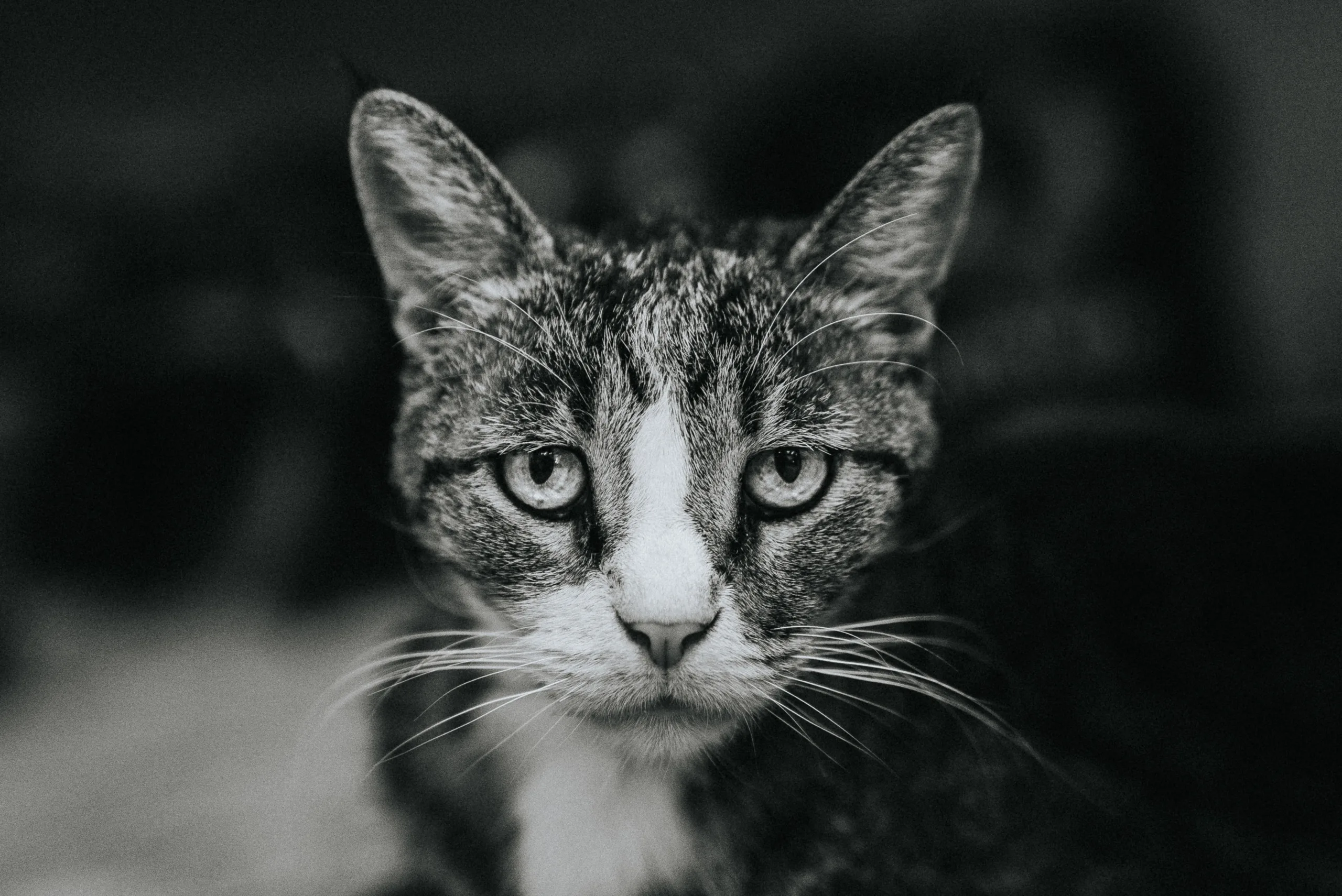Cats are known for their enigmatic behaviors and mysterious ways of expressing their emotions. As cat owners, we often wonder whether our feline companions shed tears when they’re sad, just like humans do. In this article, we’ll explore the intriguing world of cat emotions, discuss whether cats cry when sad, and delve into the various ways these fascinating creatures express their feelings.
For more about cats click here
Understanding Cat Emotions:
Cats are emotional beings, capable of experiencing a range of feelings. While their emotional responses may not mirror humans’ in every way, cats do exhibit behaviors that can be interpreted as emotional expressions. However, it’s essential to recognize that cats have unique ways of communicating their emotions that differ from humans.
Do Cats Cry Tears When Sad?
Contrary to popular belief, cats do not cry tears like humans do when they are sad. Cats lack the physiological ability to produce emotional tears, which are composed of water, mucus, and lipids. When cats exhibit behaviors that seem like crying, such as increased vocalization or changes in body language, it’s more likely that they are communicating distress, discomfort, or other emotions.
Ways Cats Express Their Emotions:
While cats don’t cry tears when sad, they do have several ways of expressing their emotions:
1. Vocalizations:
Cats may increase their vocalizations when they are feeling anxious, stressed, or in pain. Excessive meowing, yowling, or howling can be signs of emotional turmoil.
2. Body Language:
Cats use body language to convey their feelings. A cat that is sad or stressed may display hunched shoulders, lowered ears, a tucked tail, and dilated pupils. These physical cues indicate emotional distress.
3. Grooming Behavior:
Stressed or sad cats might exhibit excessive grooming or over-grooming, resulting in bald patches. Grooming can be a way for cats to soothe themselves when feeling uneasy.
4. Changes in Appetite:
A cat’s appetite can be affected by their emotional state. Stress or sadness may lead to a decreased or increased appetite, depending on the individual cat.
5. Hiding or Isolation:
Cats often seek solitude when they are feeling sad or stressed. They may hide in secluded spots, such as under furniture or in closets.
Recognizing Emotional Distress:
It’s crucial for cat owners to recognize signs of emotional distress in their feline companions and address them appropriately. If you notice sudden changes in behavior, such as increased vocalization, hiding, or grooming, consult a veterinarian to rule out underlying medical issues that could be causing discomfort.
FAQs:
Q1: Why would a cat cry tears? Cats do not cry emotional tears like humans. If a cat appears to be crying, it’s likely due to another issue, such as eye irritation or a medical condition.
Q2: How do you know if a cat is crying? Cats do not cry in the same way humans do. Instead, they exhibit changes in behavior, vocalizations, or body language that may indicate distress.
Q3: Is it normal for cats to cry tears? No, cats do not produce emotional tears. If you notice tears or discharge from a cat’s eyes, it could be a sign of an eye infection or other medical problem.
Q4: What does it mean when a cat cries? Crying behavior in cats can indicate various emotions, including distress, discomfort, or anxiety. Understanding their body language and context is essential for interpreting their feelings.
Q5: Do cats get their feelings hurt? Cats experience emotions, but they may not process them in the same way humans do. Cats can become stressed, anxious, or sad due to changes in their environment, health issues, or social dynamics.
Q6: How do cats express sadness? Cats express sadness through changes in behavior, such as increased vocalization, hiding, decreased appetite, or excessive grooming. These behaviors can signal emotional distress or discomfort.
Conclusion:
While cats do not shed emotional tears like humans, they have their own unique ways of expressing their feelings. Cats can exhibit behaviors and body language that indicate emotional distress, anxiety, or sadness. As responsible cat owners, it’s essential to pay attention to these cues and provide a supportive and comfortable environment for our feline companions. If you’re concerned about your cat’s behavior, consulting a veterinarian can help address any underlying issues and ensure your cat’s well-being.
Click here for more
